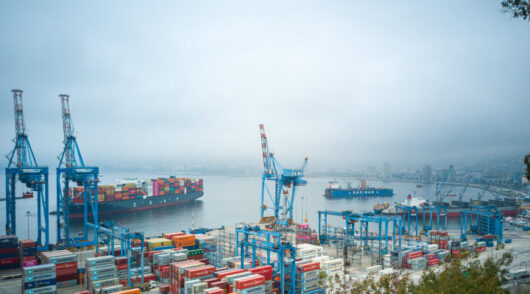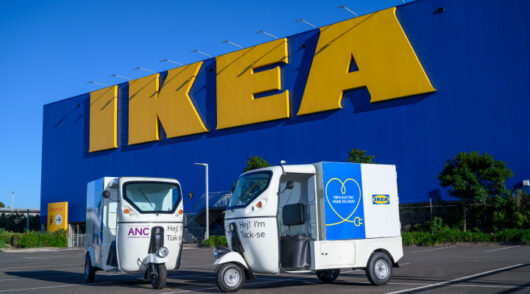
Obtaining that competitive advantage is extremely difficult in an environment that, is extremely competitive.
Organisations look for many different ways in which to obtain that advantage.
Currently Design Thinking, jobs to be done or customer experience design are heavily utilised methodologies looking to gain further insights from customers on their explicit and implicit needs.
There are also other process improvement type methodologies that look at reducing the waste in process to deliver an outcome to customers in a more efficient way.
The biggest issue with many of these is the cost of delivery. The resources required to gather the meaningful data (if that is at all possible) and transform that into information that will guide a significant change to an organisation.
Hopefully greater profitability and a reduction in costs (depending on the methodology).
Some of the larger European organisations have taken to using another form of data collation, that doesn’t only rely on inputs into a computer.
It uses imagery or video known as video analytics. There are claims that it first emerged commercially in 2008, though we can assume that it may have begun life in state security much earlier.
Security and loss prevention was and probably still is the main drawcard for video analytics. The ability to detect, track and identify objects, it removes the need for human intervention and resourcing.
The added ability to learn and adjust to reduce false positives reduces the cost of training or upskilling.
Video analytics capabilities include:
– Directional Motion: when motion is detected in a specific direction, an alert is triggered.
– Adaptive Motion: advanced motion detection behaviour calibrates to scene conditions, allowing the system to distinguish targets from other movement in a scene, such as headlight glare, leaves blowing.
– Object Removal:an alert triggers when a stationary object, such as a piece of art, is removed from a selected scene.
– Object Counting:this behaviour counts objects when motion is detected in a specific direction. Users have a wide flexibility in defining areas of interest and activity thresholds.
– Abandoned Object: an alert triggers when a stationary object appears and remains in a scene, such as a person setting down a backpack in the main lobby.
– Loitering Detection: when people or vehicles remain in a defined zone longer than the user-defined time allows, an alert is activated.
– Auto Tracking: Pan/tile/zoom capability to track vehicles or humans entering or stopping in user-defined zones. Once identified, the camera locks on and follows the subject’s path.
Given the examples above of the capabilities, it is fair to say that there are many more capabilities.
This is really dependant on who is writing the coding and the skill of the technician. It is also dependant on the user and provider in identifying the endless possibilities of the technology.
Whilst it is mainly used in loss prevention, there is a great untapped resource in the field of marketing where there is the ability to track customer behaviour, understand the routines.
The factors that draw customers to certain areas of a store or a product. There is also the operational aspect, how jobs are carried out by employees. Look for better ways of executing a process more efficiently and customer focused.
This is a tool that is waiting to be utilised in more than just the loss prevention space. It can be utilised in many different ways, and this is where the opportunity for organisations exists.
The innovation in utilising existing IP camera infrastructure more effectively to drive greater sales and customer experience improvements is up for grabs.





